are ALL Meyer Lemons dwarf?
landperson
13 years ago
Related Stories

COLORFUL HOMESThe Best of My Houzz: 10 Living Rooms With Wall Colors to Love
Jet black, Meyer lemon yellow, mossy green — these spaces make a statement with bold color
Full Story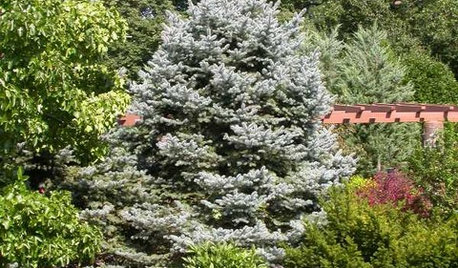
LANDSCAPE DESIGN10 Evergreens for Beautiful Foliage All Year
Give your landscape consistent color and structure with the emeralds, chartreuses and blues of evergreen trees and shrubs
Full Story
GARDENING GUIDESHow to Keep Your Citrus Trees Well Fed and Healthy
Ripe for some citrus fertilizer know-how? This mini guide will help your lemon, orange and grapefruit trees flourish
Full Story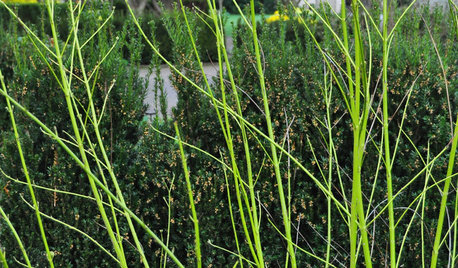
Wake Up Your Garden With Lime-Colored Plants
A sprinkle of bright lime foliage can invigorate darker green garden areas and enliven shady spots all around your landscape
Full Story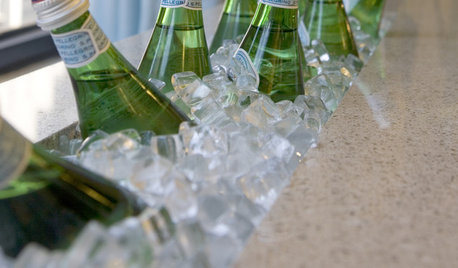
HOW TO PHOTOGRAPH YOUR HOUSE15 Props That Are Tops With Stylists
These go-to items pop up in well-appointed homes all over Houzz — and they've got surprising practicality on their side
Full Story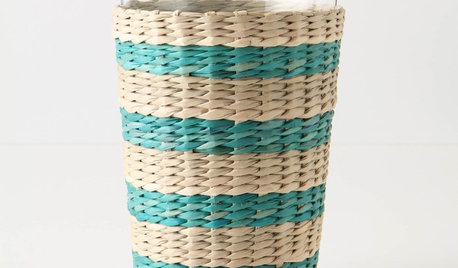
PRODUCT PICKSGuest Picks: 20 Summer Drinkware Essentials
Stay Cool All Summer with These Stylish Cocktail and Drinkware Accessories
Full Story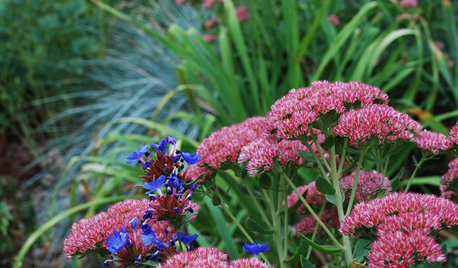
GARDENING GUIDESFall Is Calling: What to Do in Your October Garden
Get a jump on winter prep or just sit back and watch the leaves fall. The beauty of an autumn garden is in all the choices you have
Full Story
FLOWERSBest Cutting-Garden Beauties for Late Summer
Pick blooms bursting with color or in classic white for bouquets to give away or keep all to yourself
Full Story
EDIBLE GARDENSHow to Grow 10 Favorite Fruit Trees at Home
Plant a mini orchard in fall, winter or early spring to enjoy fresh-off-the-tree fruit the following year
Full Story
EDIBLE GARDENSHow to Grow Your Own Peaches and Nectarines
Make gardening a little sweeter with these juicy fruits, which you can eat after plucking or preserve for later
Full StorySponsored



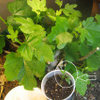
puglvr1
meyermike_1micha
Related Discussions
Dwarf Meyers Lemon Tree
Q
Pruning/Repotting Dwarf Meyer Lemon
Q
NEW Dwarf Meyer Lemon Momma! TIPS PLEASE!
Q
4 year old dwarf Meyers lemon tree not flowering or fruiting this year
Q
softmentor
landpersonOriginal Author
landpersonOriginal Author
mrtexas
landpersonOriginal Author
insane_2010
puglvr1
landpersonOriginal Author
malcolm_manners
jakkom
malcolm_manners
jakkom
malcolm_manners
malcolm_manners
sun_worshiper
jakkom
call_me_wizfire
puglvr1
malcolm_manners
call_me_wizfire
otdo
wilmington_islander
sun_worshiper
kerry_2009
greenman28 NorCal 7b/8a
wilmington_islander